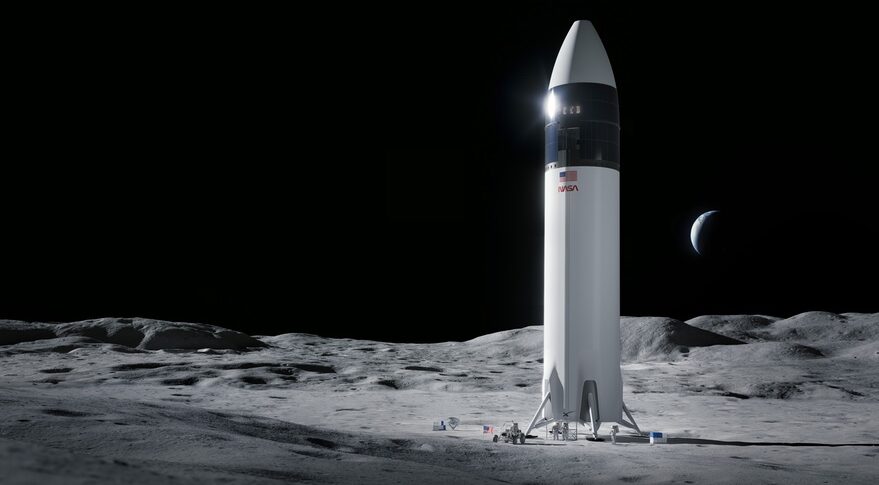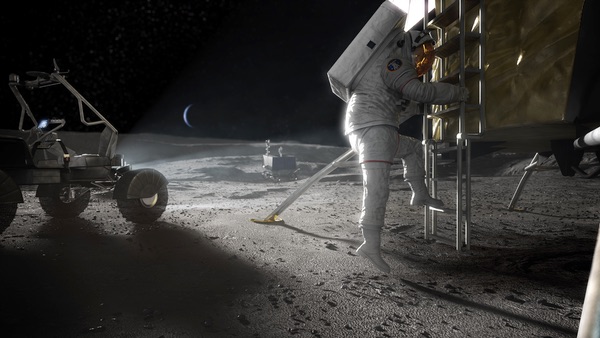
As the new SLS rocket is getting ready to blast off, NASA announces the identified landing regions for the Artemis III mission. Here’s everything you need to know about the upcoming mission’s details.
Back to the Moon

Almost 50 years ago, the Apollo mission was the Americans’ last mission to the Moon. With the Artemis program, NASA is intending to make history again with the first person of color and the first woman on the lunar surface. “Selecting these regions means we are one giant leap closer to returning humans to the Moon for the first time since Apollo,” stated Mark Kirasich. Kirasich is a top NASA official responsible for the mission.
“When we do, it will be unlike any mission that’s come before as astronauts venture into dark areas previously unexplored by humans and lay the groundwork for future long-term stays,” he added. NASA revealed that the sites are in proximity to the lunar South Pole. The southern pole of the Moon is rich in resources and unexplored.
Landing sites for Artemis III mission

NASA identified 13 potential landing sites for the Artemis III landing. They include Amundsen Rim, Connecting Ridge, Connecting Ridge Extension, de Gerlache Rim 1, de Gerlache Rim 2, de Gerlache-Kocher Massif, Faustini Rim A, Haworth, Leibnitz Beta Plateau, Malapert Massif, Nobile Rim 1, Nobile Rim 2 and, Peak Near Shackleton. According to the space agency, these lunar regions are rich with “diverse geological features”. Additionally, they also allow “flexibility to launch throughout the year.”
Each region is located within six degrees of the latitude of the lunar South Pole, and this proximity makes these sites scientifically significant.
How were the regions selected?
The sites were shortlisted after an assessment of the lunar South Pole by several scientists and engineers. The data from the lunar reconnaissance orbiter was used to make the decision. NASA also used data from earlier publications and lunar science findings, ensuring a higher chance for safe landings. Additionally, terrain slope, lighting conditions, and ease of communication were also studied. Final selections will be made following a broader discussion among the engineering and science communities. (https://nuttyscientists.com/)






